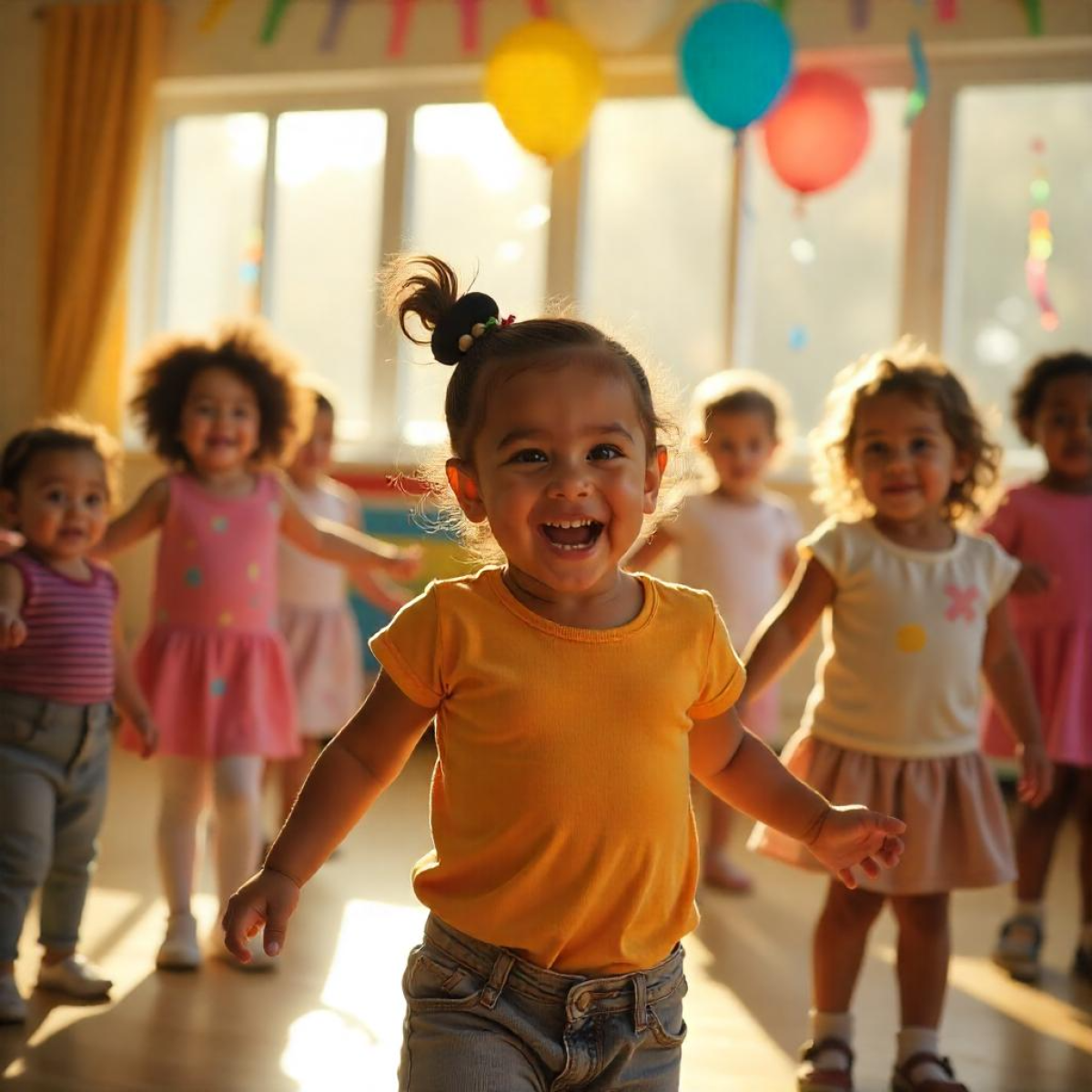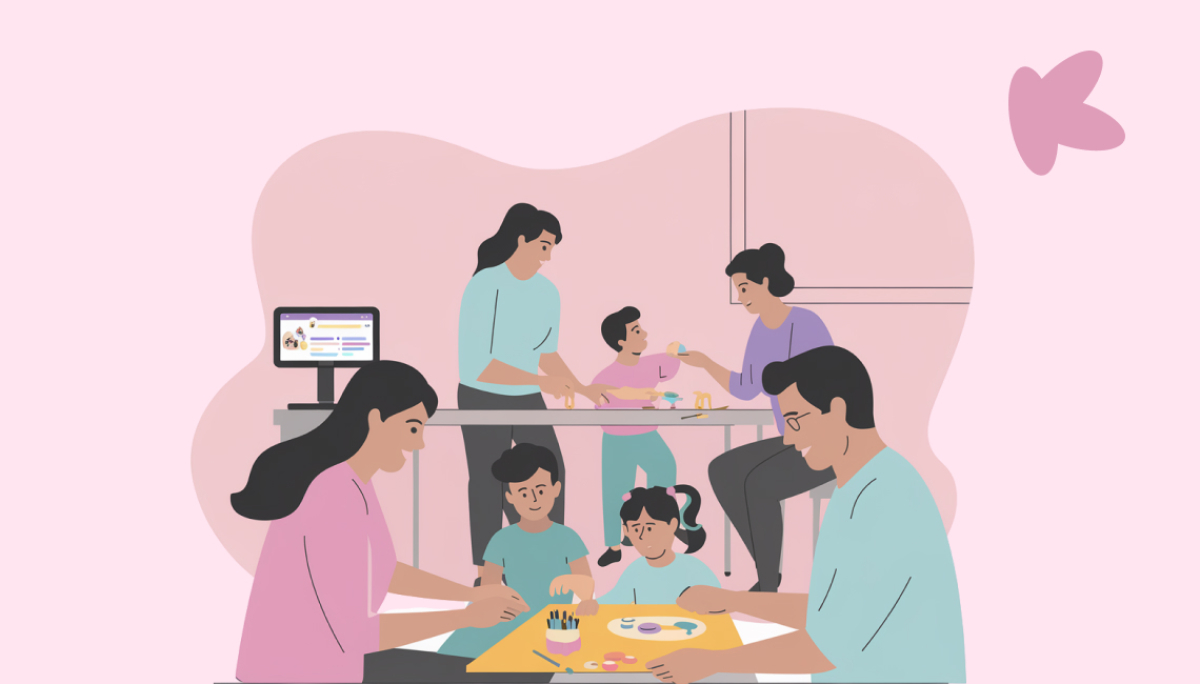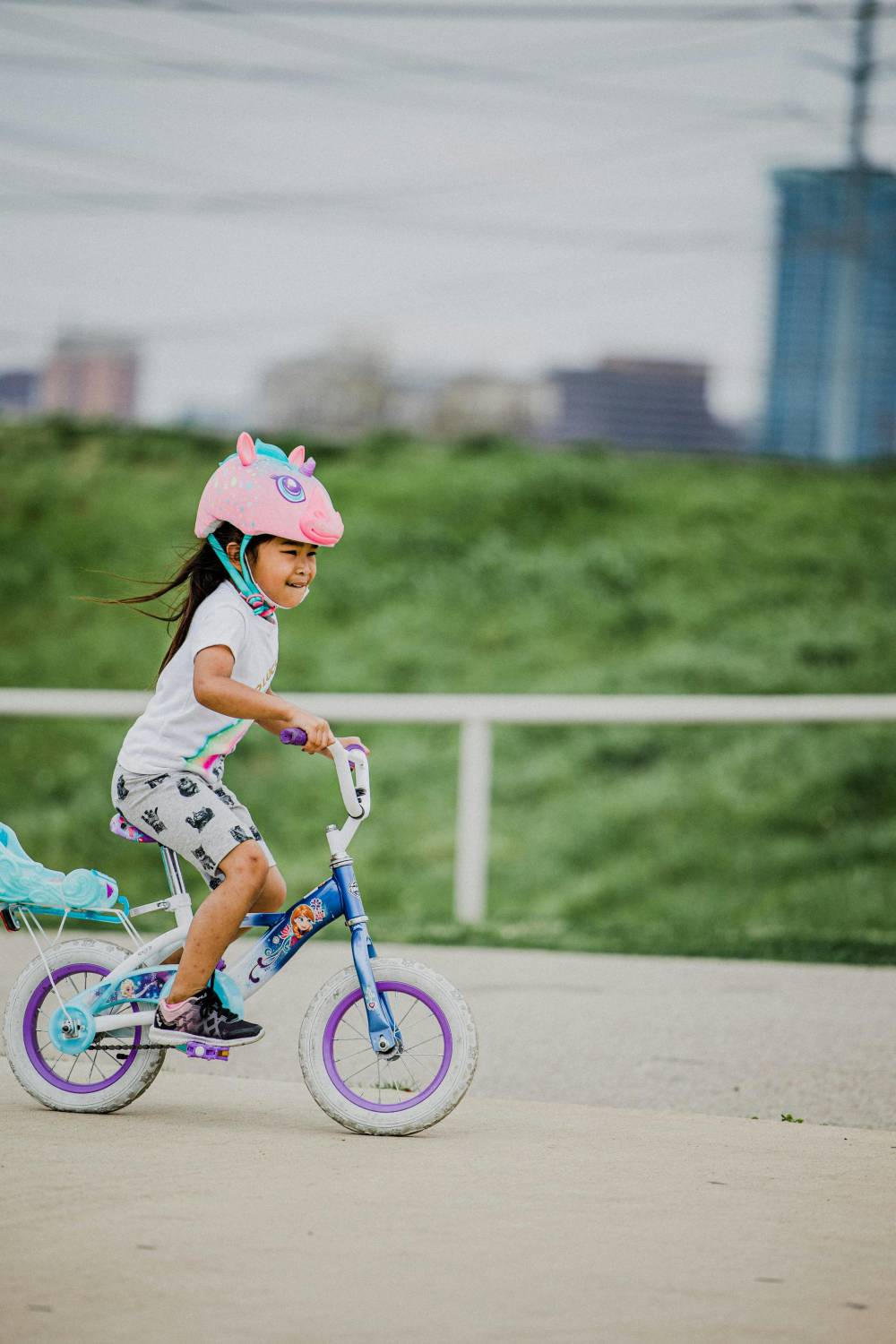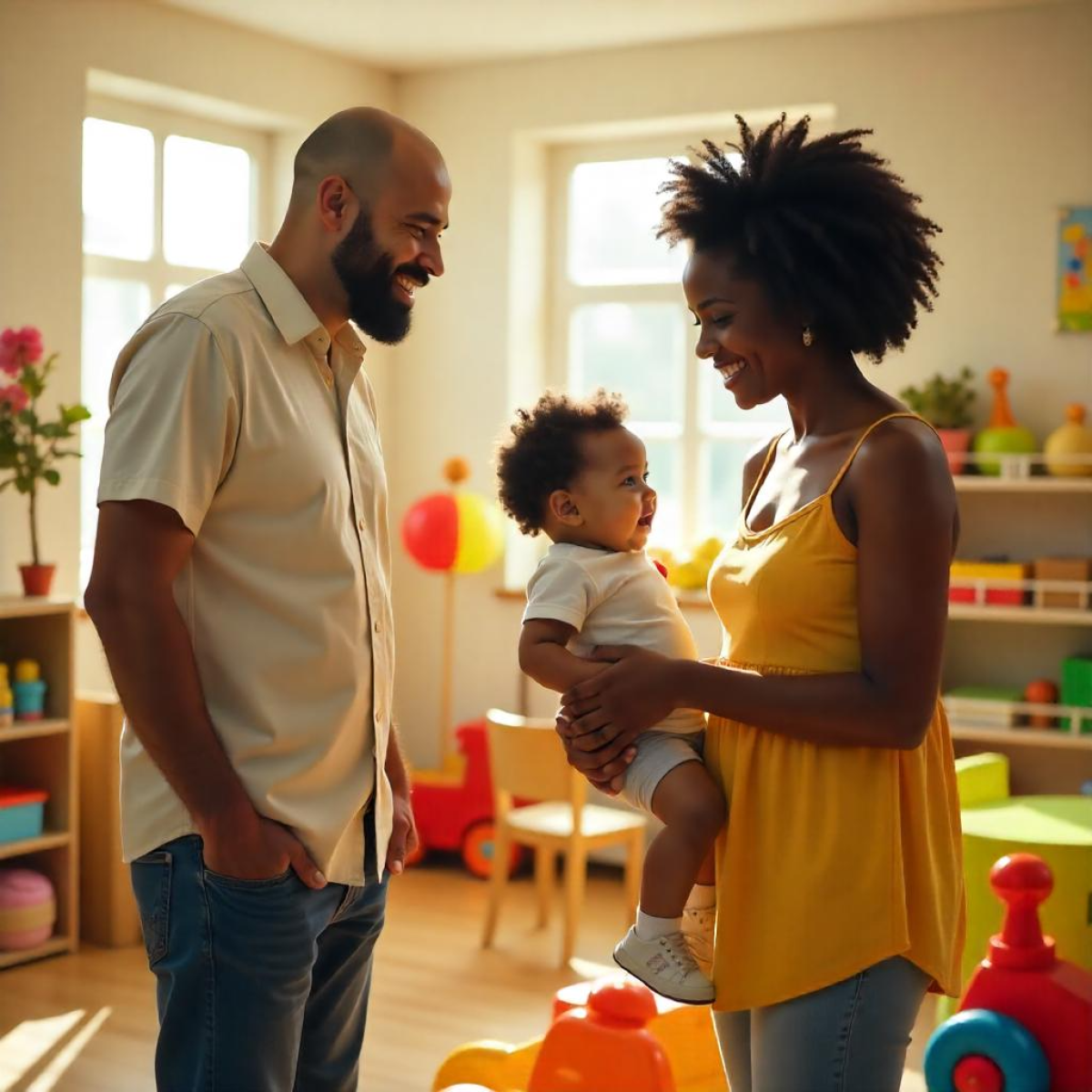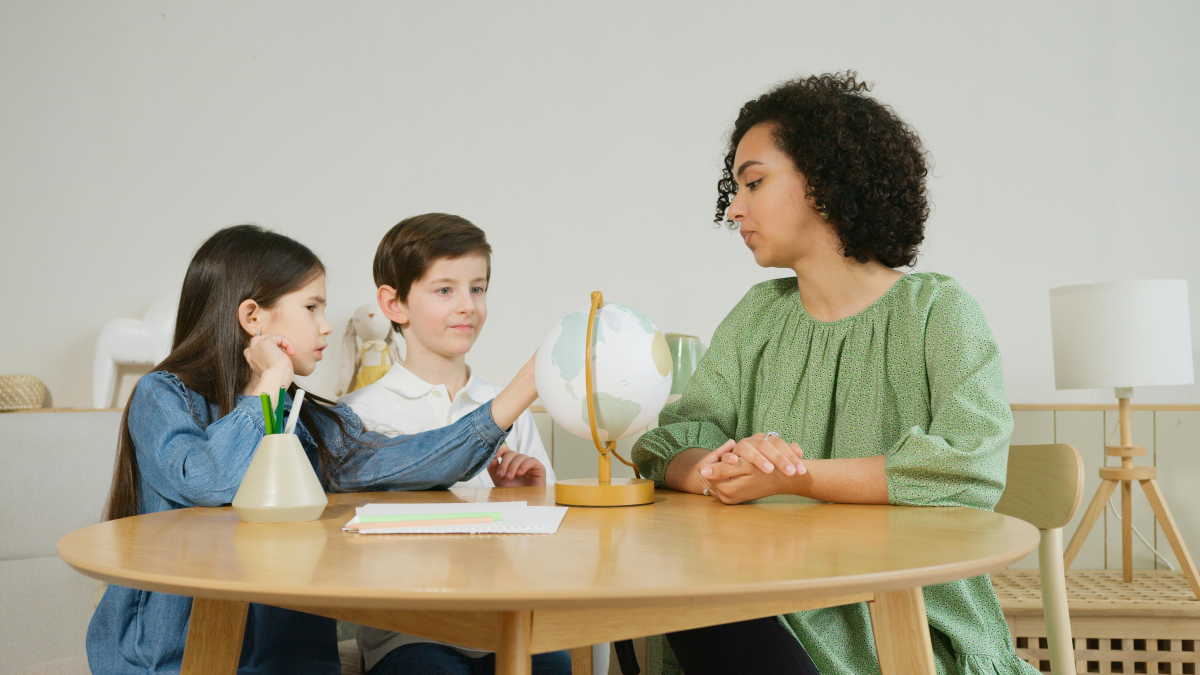Every year on April 29, we celebrate World Dance Day — a wonderful opportunity to bring more movement, joy, and emotional expression into our classrooms! Dancing is much more than just a fun activity: it plays a powerful role in children’s emotional, physical, and social development.
Why is dancing important for children?
-
Improves physical health: Dancing helps strengthen muscles, improve balance, and develop body coordination.
-
Stimulates emotional growth: Through movement and music, children learn to express their emotions freely and naturally.
-
Boosts self-confidence: Dancing in front of classmates helps children feel proud and more confident in themselves.
-
Strengthens social connections: Group activities encourage cooperation, respect for rules, and building new friendships.
Activity Ideas for Celebrating World Dance Day in the Classroom
-
Free Movement Hour: Play upbeat music and allow the children to move freely, encouraging them to invent their own moves.
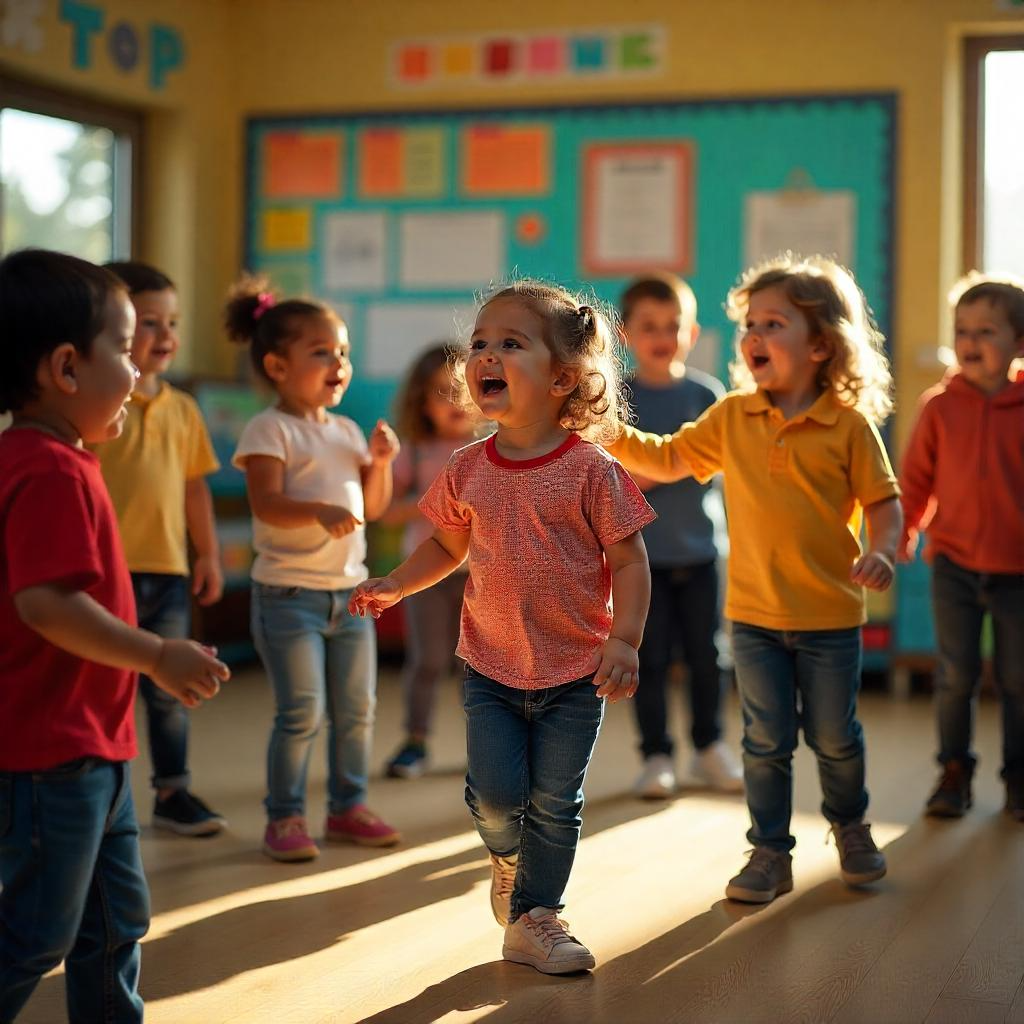
-
Themed Dance: Choose a theme like “blooming flowers,” “jungle animals,” or “flying butterflies,” and invite children to improvise movements based on that theme.
-
Create a Small Choreography: Teach a simple group dance that children can perform for parents or other educators.
-
Dances from Around the World: Introduce a few traditional dances from different cultures and learn some basic steps together.
-
Music and Movement Games: Games like "freeze dance" (where children freeze when the music stops) are perfect for mixing fun with body control development.
How Does Dancing Help with Emotional Expression?
Children often find it hard to express their feelings in words. Through dancing, they can show happiness, sadness, excitement, or any other emotions they feel without needing to speak. Free movement helps them release energy, process feelings, and build empathy for themselves and others.
Dancing is also... a lot of fun!
At the end of the day, dancing is an endless source of joy. It brings smiles, creates unforgettable memories, and fills the classroom with a positive atmosphere. No matter the style of music or the type of movements, what’s most important is that children feel free, happy, and proud of their bodies.



